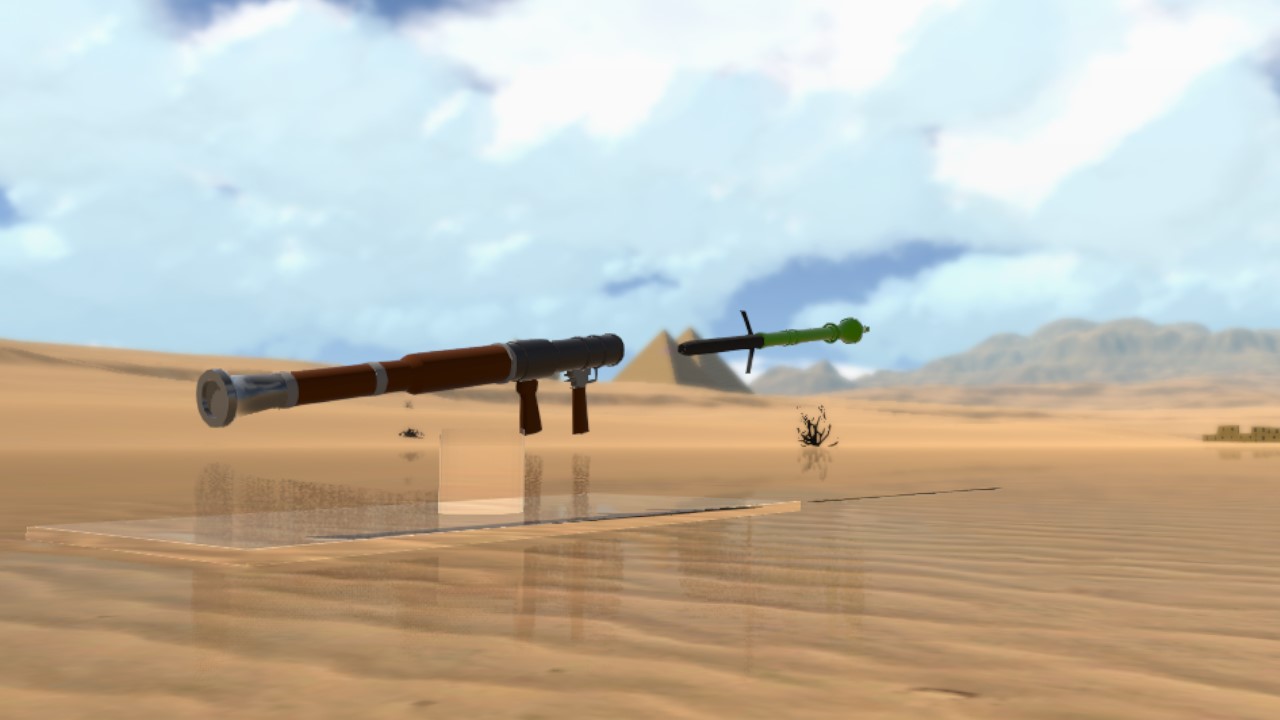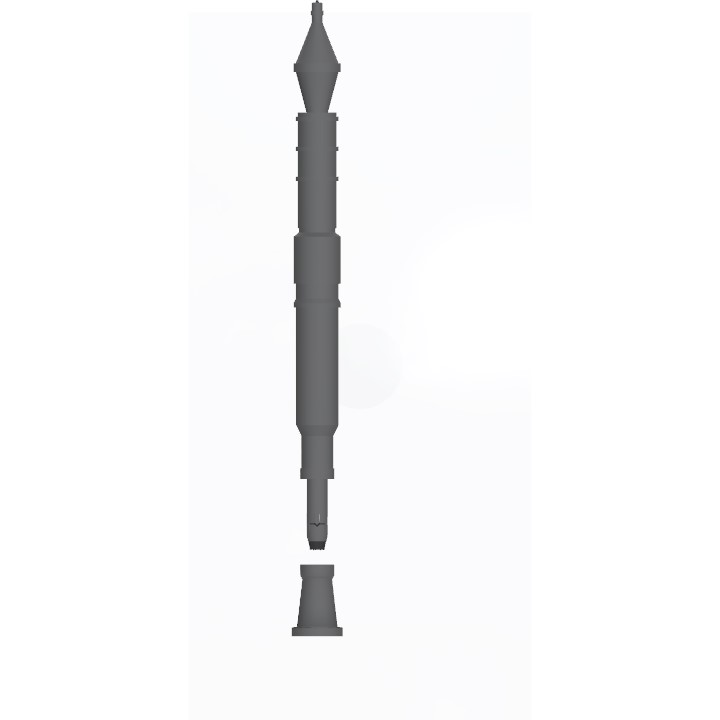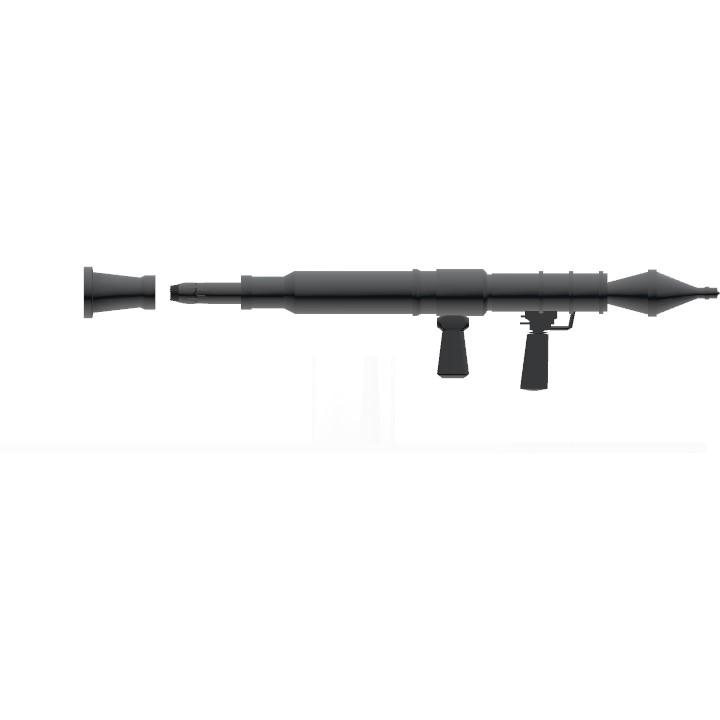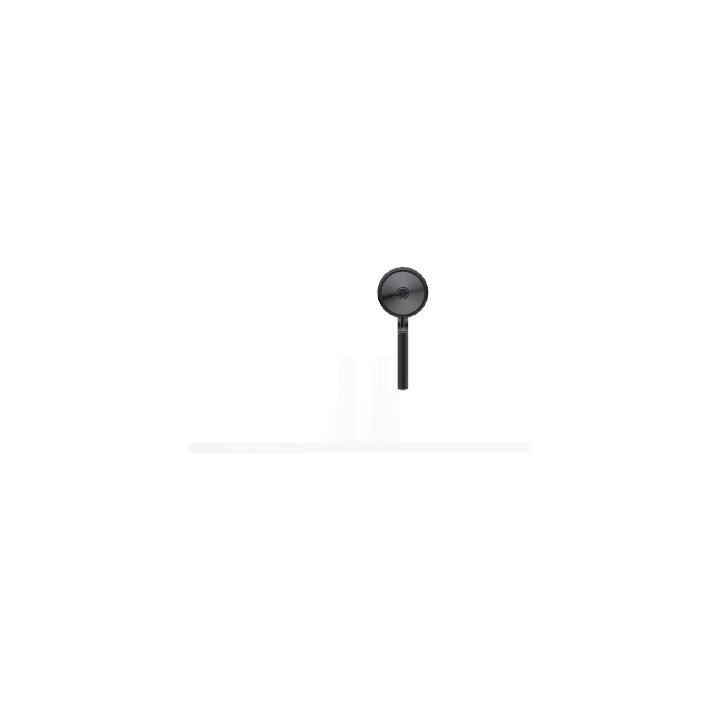RPG-7
The RPG-7 (Russian: ???-7, ?????? ??????????????? ??????????, romanized: Ruchnoy Protivotankovyy Granatomot, lit.?'Handheld Anti-Tank Grenade-launcher') is a portable, reusable, unguided, shoulder-launched, anti-tank, rocket launcher. The RPG-7 and its predecessor, the RPG-2, were designed by the Soviet Union, and are now manufactured by the Russian company Bazalt. The weapon has the GRAU index (Russian armed forces index) 6G3.
The ruggedness, simplicity, low cost, and effectiveness of the RPG-7 has made it the most widely used anti-armor weapon in the world. Currently around 40 countries use the weapon; it is manufactured in several variants by nine countries. It is popular with irregular and guerrilla forces.
Widely produced, the most commonly seen major variations are the RPG-7D (????????? – desantnik – paratrooper) model, which can be broken into two parts for easier carrying; and the lighter Chinese Type 69 RPG. DIO of Iran manufactures RPG-7s with olive green handguards, H&K pistol grips, and a commando variant.
The RPG-7 was first delivered to the Soviet Army in 1961 and deployed at the squad level. It replaced the RPG-2, having clearly out-performed the intermediate RPG-4 design during testing. The current model produced by the Russian Federation is the RPG-7V2, capable of firing standard and dual high-explosive anti-tank (HEAT) rounds, high explosive/fragmentation, and thermobaric warheads, with a UP-7V sighting device fitted (used in tandem with the standard 2.7× PGO-7 optical sight) to allow the use of extended range ammunition. The RPG-7D3 is the equivalent paratrooper model. Both the RPG-7V2 and RPG-7D3 were adopted by the Russian Ground Forces in 2001.

The launcher is reloadable and based around a steel tube, 40 mm (1.6 in) in diameter, 950 mm (37 in) long, and weighing 7 kg (15 lb). The middle of the tube is wood wrapped to protect the user from heat and the end is flared. Sighting is usually optical with a back-up iron sight, and passive infrared and night sights are also available. The launchers designated RPG-7N1 and RPG-7DN1 can thus mount the multi-purpose night vision scope 1PN51, and the launchers designated RPG-7N2 and RPG-7DN2 can mount the multi-purpose night vision scope 1PN58.
As with similar weapons, the grenade protrudes from the launch tubes. It is 40–105 mm (1.6–4.1 in) in diameter and weighs between 2 kg (4.4 lb)
and 4.5 kg (9.9 lb). It is launched by a gunpowder booster charge, giving it an initial speed of 115 m/s (380 ft/s), and creating a cloud of light grey-blue smoke that can give away the position of the shooter. The rocket motor ignites after 10 m (33 ft) and sustains flight out to 500 m (1,600 ft) at a maximum velocity of 295 m/s (970 ft/s). The grenade is stabilized by two sets of fins that deploy in-flight: one large set on the stabilizer pipe to maintain direction and a smaller rear set to induce rotation. The grenade can fly up to 1,100 m (3,600 ft); the fuze sets the maximum range, usually 920 m (3,020 ft)
Propulusion System
According to the United States Army Training and Doctrine Command (TRADOC) Bulletin 3u (1977) Soviet RPG-7 Antitank Grenade Launcher—Capabilities and Countermeasures, the RPG-7 munition has two sections: a "booster" section and a "warhead and sustainer motor" section. These must be assembled into the ready-to-use grenade. The booster consists of a "small strip powder charge" that serves to propel the grenade out of the launcher; the sustainer motor then ignites and propels the grenade for the next few seconds, giving it a top speed of 294 m/s (960 ft/s). The TRADOC bulletin provides anecdotal commentary that the RPG-7 has been fired from within buildings, which agrees with the two-stage design. It is stated that only a 2 metres (6.6 feet) standoff to a rear obstruction is needed for use inside rooms or fortifications. The fins not only provide drag stabilization, but are designed to impart a slow rotation to the grenade.[citation needed]
Due to the configuration of the RPG-7 sustainer/warhead section, it responds counter-intuitively to crosswinds. A crosswind will tend to exert pressure on the stabilizing fins, causing the projectile to turn into the wind (see Weathervane effect). While the rocket motor is still burning, this will cause the flight path to curve into the wind. The TRADOC bulletin explains aiming difficulties for more distant moving targets in crosswinds at some length.
The RPG-7 can fire a variety of warheads for anti-armor (HEAT, PG-Protivotankovaya Granata) or anti-personnel (HE, OG-Oskolochnaya Granata) purposes, usually fitting with an impact (PIBD) and a 4.5 second fuze. Armor penetration is warhead dependent and ranges from 300–600 mm (12–24 in) of RHA; one warhead, the PG-7VR, is a 'tandem charge' device, used to defeat reactive armor with a single shot. The Russian Ministry of Defense said in December 2023 that it has modified the RPG-7V grenade launcher in order to shoot 82-mm mines.
Current:
PG-7VL
PG-7VR
TBG-7V Tanin
OG-7V
Controls
AG1: Shoot RPG
Specifications
Spotlights
- TheMouse one year ago
General Characteristics
- Created On Windows
- Wingspan 13.1ft (4.0m)
- Length 27.6ft (8.4m)
- Height 7.1ft (2.2m)
- Empty Weight 6,372lbs (2,890kg)
- Loaded Weight 8,143lbs (3,693kg)
Performance
- Power/Weight Ratio 1241.858
- Wing Loading N/A
- Wing Area 0.0ft2 (0.0m2)
- Drag Points 3155
Parts
- Number of Parts 82
- Control Surfaces 0
- Performance Cost 316





⚠THERE ARE SOME HIDDEN PARTS OF THE RPG.⚠
Bang!